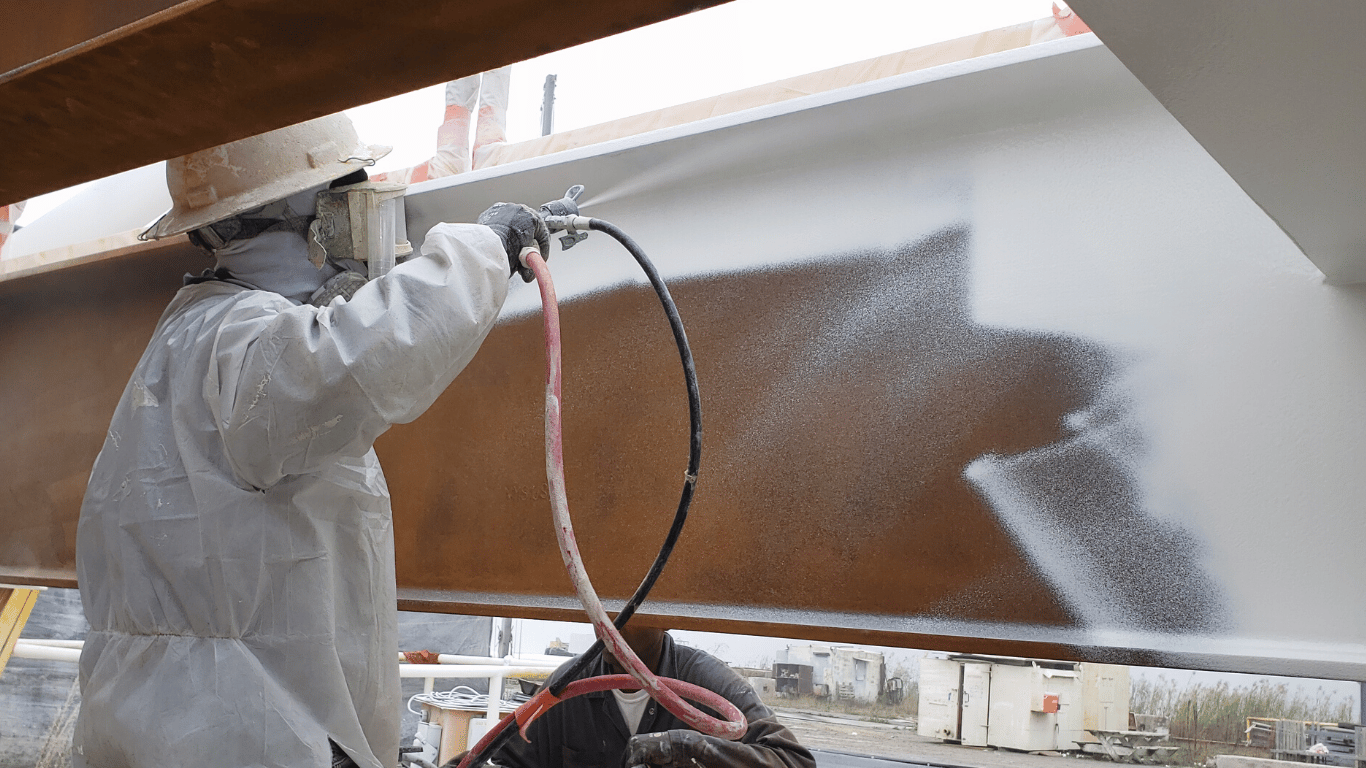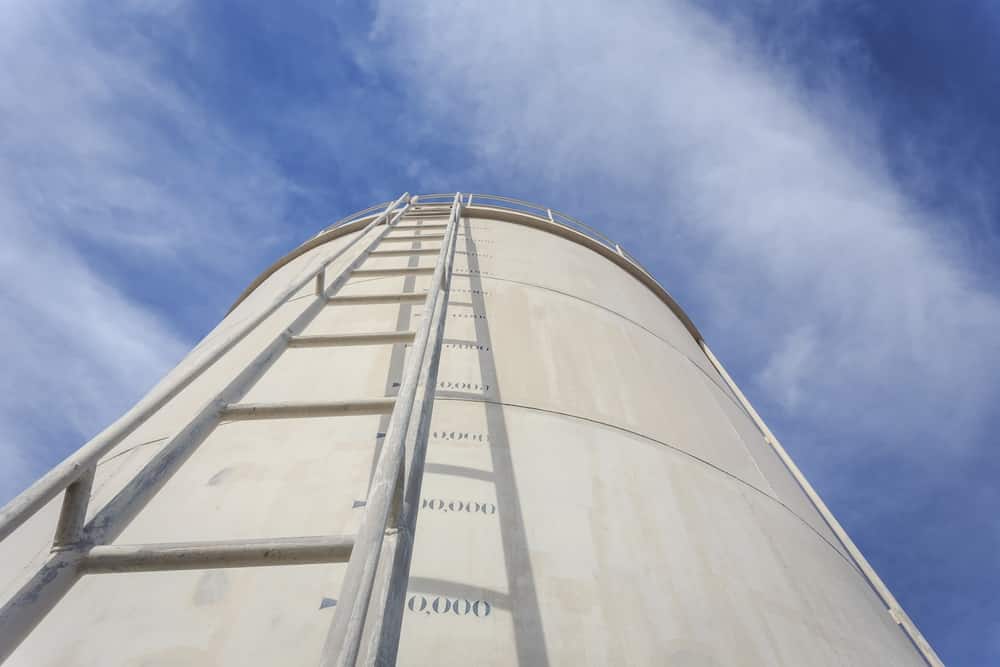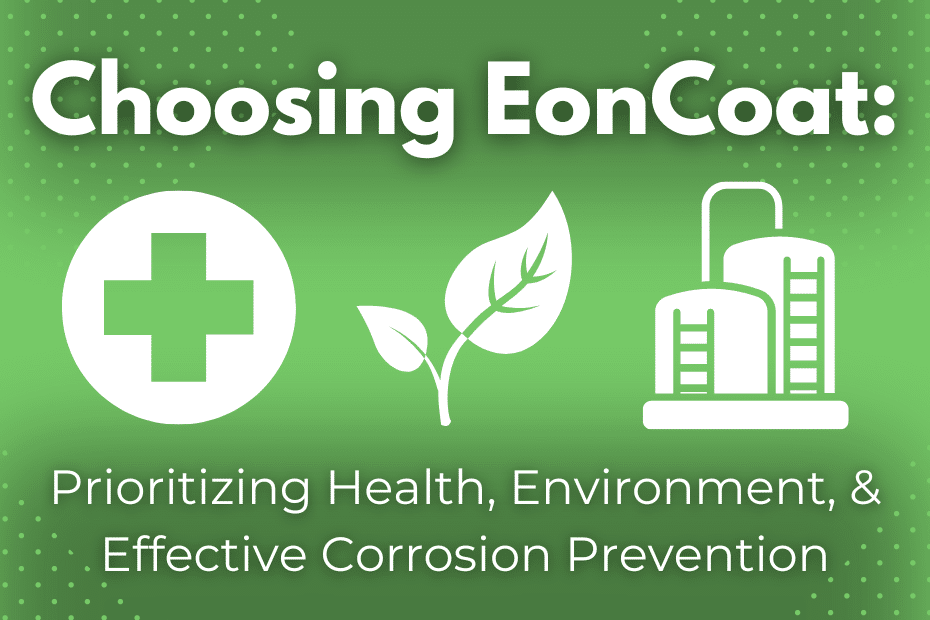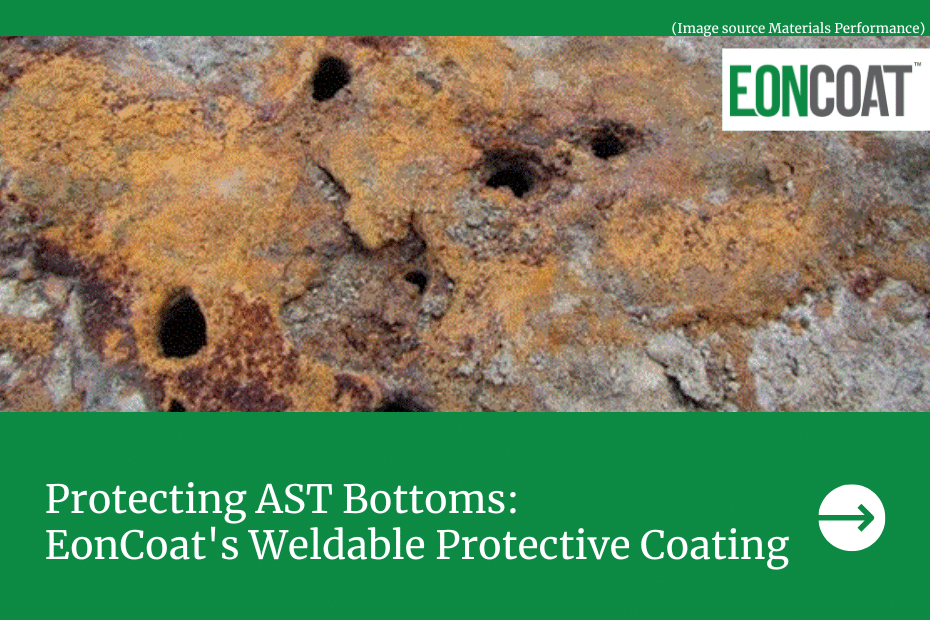Microbiologically influenced corrosion (MIC) is a serious concern for many of your industrial customers. After all, it can cost them a great deal of time and money when corrosion affects their assets. While they may accept that a certain amount of corrosion is inevitable, you can exceed their expectations by offering anti-corrosive coating solutions that are effective in preventing MIC.
What Is MIC?
Microbiologically influenced corrosion occurs when microbial growth on a surface, such as the metal surfaces of industrial equipment, creates chemical reactions that begin to break down the surface. To cause these reactions, bacterial microbes combine with metals, nutrients, water, and oxygen (although it is possible for some microbes to grow in an environment without oxygen). Such microbes are naturally plentiful in the environment. A gel-like biofilm forms on the surface, which allows the microbes to adhere to the surface and begin reproducing. The burgeoning colony of microorganisms begins to corrode the surface material. As the material breaks down, the colony consumes it as an energy source to fuel its continued growth.
How Does MIC Affect Assets?
Microorganisms are the most common lifeform on earth, and they can exist in almost any type of environment, although certain temperature ranges are particularly conducive to microbial growth. The ideal place for microbial growth to occur in an environment where moisture, oxygen, and nutrients are available. Areas that are susceptible to MIC include various types of pipes, sprinkler systems, cooling systems, storage tanks, water treatment, and filtration systems, drinking water systems, and more.
Microbes may go dormant if the supply of nutrients or oxygen is exhausted. However, any time these elements are replenished, such as when fluid is flushed through piping or a system is drained or refilled, they can flourish again and begin the corrosion process anew. The microorganisms cause chemical changes that break down the surface elements and allow them to be consumed by the microbes.
For example, inside a pipe, this process generally creates pitting on the inner surface, where the damage is not immediately apparent under external visual inspection. Over time, the buildup of microorganisms can impede flow through the pipe. Rust and other bits of the inside surface that flake off as the pipe corrodes can be swept down the line and block valves or sprinklers. Sometimes the corrosion can eat through to the outside of the pipe, causing a leak. Other times, corrosion is noticed when the water develops an odor or discoloration.
Damaged pipes, impaired flow, and leaks are obviously problems that anyone would want to avoid. It is possible — and advisable — to test assets for the presence of microbial growth in order to stop it before too much damage is done. However, the best way to avoid this damage is to prevent it from happening in the first place.
How Does Antimicrobial Protection Help Prevent Corrosion?
To prevent MIC damage to your assets, take a proactive approach. Protect the vulnerable surface by using a corrosion-resistant coating with antimicrobial properties, such as that produced by EonCoat. EonCoat’s corrosion-resistant coating includes a unique ceramic layer that is extremely effective against microbial growth. The ceramic layer releases tiny amounts of phosphate whenever a microbe comes in contact with it, raising the pH in the microbe’s immediate environment to such a high level that it simply cannot survive. Independent testing has shown that EonCoat’s coatings reduce the presence of viable bacteria by 99.986%.
If your customers are concerned about microbiologically influenced corrosion, you can offer them effective prevention with EonCoat’s protective coatings. Contact us today to find out how we can help.

Ready to Learn More About EonCoat?



